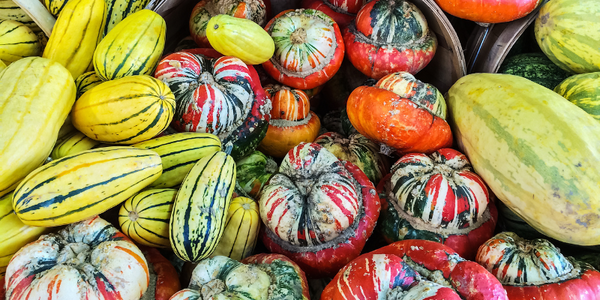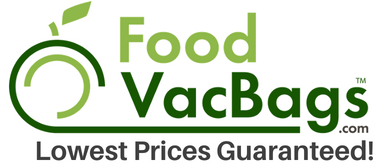Posted on July 23 2018
Vacuum sealing food has taken this country by storm. The ability to divide and seal food in a low oxygen environment in order to prolong its freshness and storage time is a food prepper’s dream.
Vacuum sealing or ROP (Reduced Oxygen Packaging) slows down the process of spoilage by reducing atmospheric oxygen, and creates an anaerobic environment that limits the growth of aerobic bacteria or fungi, and prevents the evaporation of volatile components. Vacuum sealing can be used in combination with other packaging and food processing techniques, such as sous vide cooking.
Follow these guidelines to properly vacuum seal food:
- Be sure to keep utensils, cutting boards and counters clean.
- Ensure that you do not cross contaminate food.
- Wash hands before and during the vacuum sealing process.
- Try not to touch food with your hands. Use clean spoons, tongs or something else to handle the food.
- Properly label food sources with the type of food and date packaged.
- Remember! Vacuum sealing food does not replace the need to pressure can or water bath home-canned foods.
- Keep vacuum-sealed foods in the refrigerator or freezer. Dry food, like crackers and nuts, can be stored at room temperature.
- Freeze low-acid vacuum packaged foods and consume immediately after heating. Never heat a low-acid vacuum packaged food and allow it to stand at room temperature in the vacuum package.
- Ensure the seal is complete and that there is no debris in the seal.
- Always check the sealed food within 24 hours to make sure the items remained sealed. If unsealing occurs, reseal in a new, clean bag if necessary.
Vacuum packaging can be safe for food that is stored frozen. When frozen food is thawed, it is best to thaw in the refrigerator to slow microorganism growth. Perishable food being vacuumed-packed should not be out of refrigeration longer than 2 hours total time above 40 degrees for safety.
If you have taken proper steps in preparing your food in a clean and uncontaminated environment, then your vacuum sealed food should be safe from contamination and slow growing bacteria.
However, if there is any question about the safety of the food in which you are vacuum sealing, then err on the side of caution and do not vacuum pack the food, as you would be creating a perfect breeding ground for bacteria. We would prefer you then not vacuum seal the food at all for your safety.
Must have vacuum sealing products
Related Articles You May Like!
Why Should I Vacuum Seal? Use, Tips & Benefits
Benefits of Using Oxygen Absorbers
Can You Boil The Food Saver Bags?
Can You Vacuum Seal Fresh Vegetables?
Can You Vacuum Seal Frozen Meat?
Share Your Vacuum Seal Uses!
Tell us how you love to use your vacuum seal bags, rolls and sealers!
Related Posts

Three Types of Squash to Add to Your Fall Grocery List

11 Plants To Keep Mosquitoes Away All Summer Long







Hello Francis,
You can vacuum seal frozen meat! Read more here: https://foodvacbags.com/blogs/foodsaverblogs/can-you-vacuum-seal-frozen-meat?pos=1&_sid=9138a1f9c&ss=r
You can freeze almost anything before vacuum sealing. Liquid items can be easily vacuum sealed this way as well as more delicate items like bread.
Is it O K to vacuum-seal frozen food?
Can one thaw food in a sealed bag and refreeze in a sealed bag?